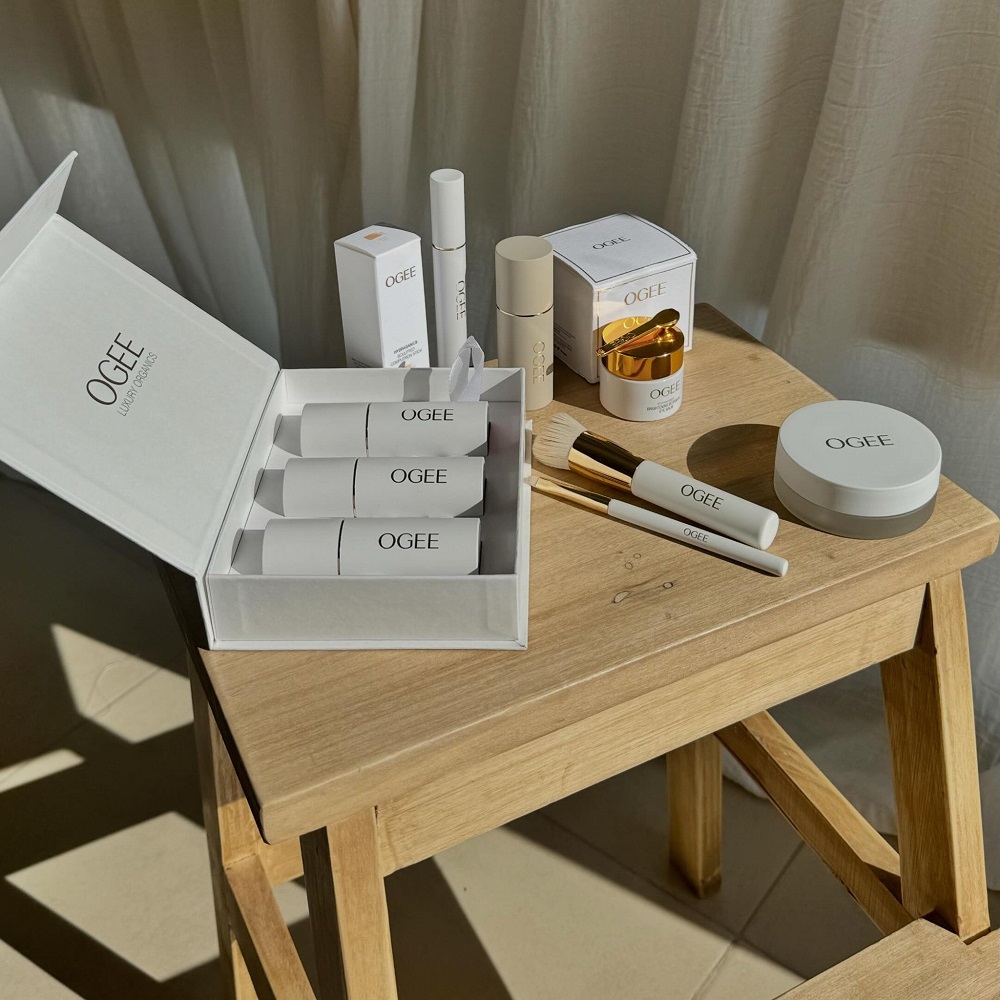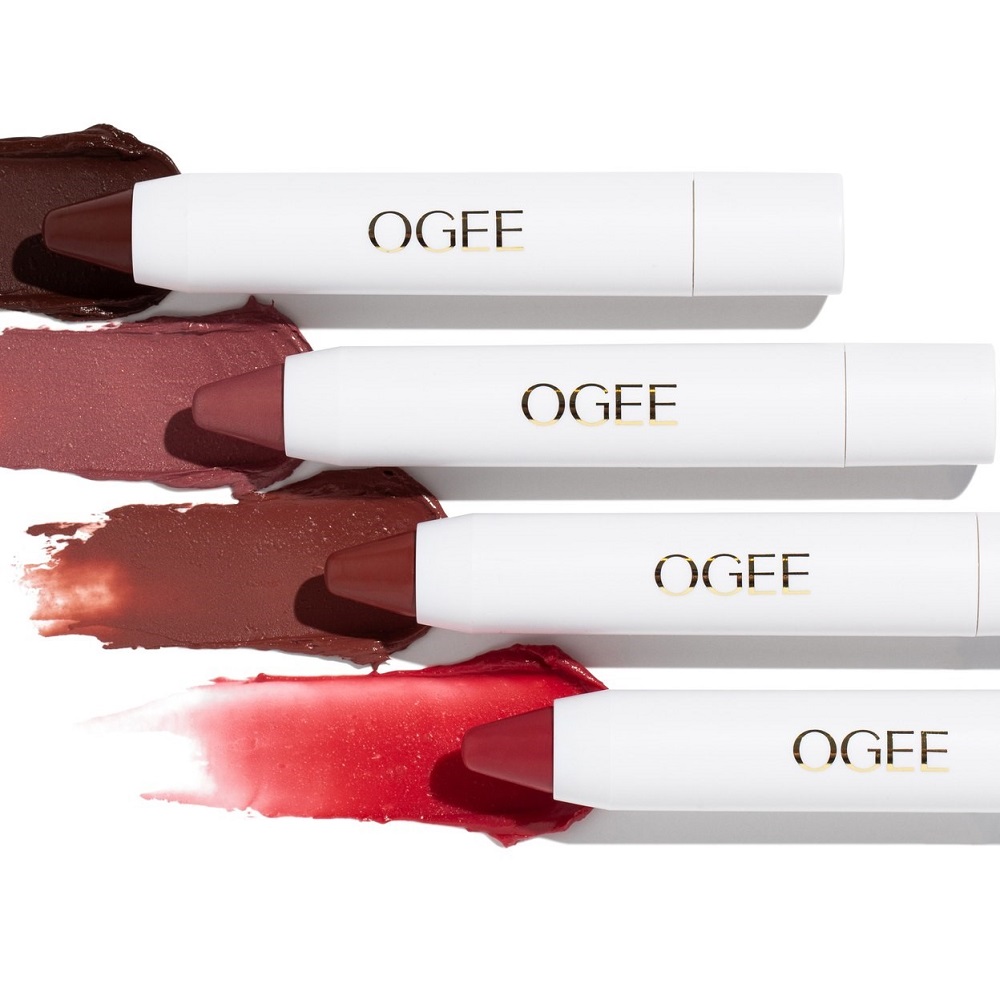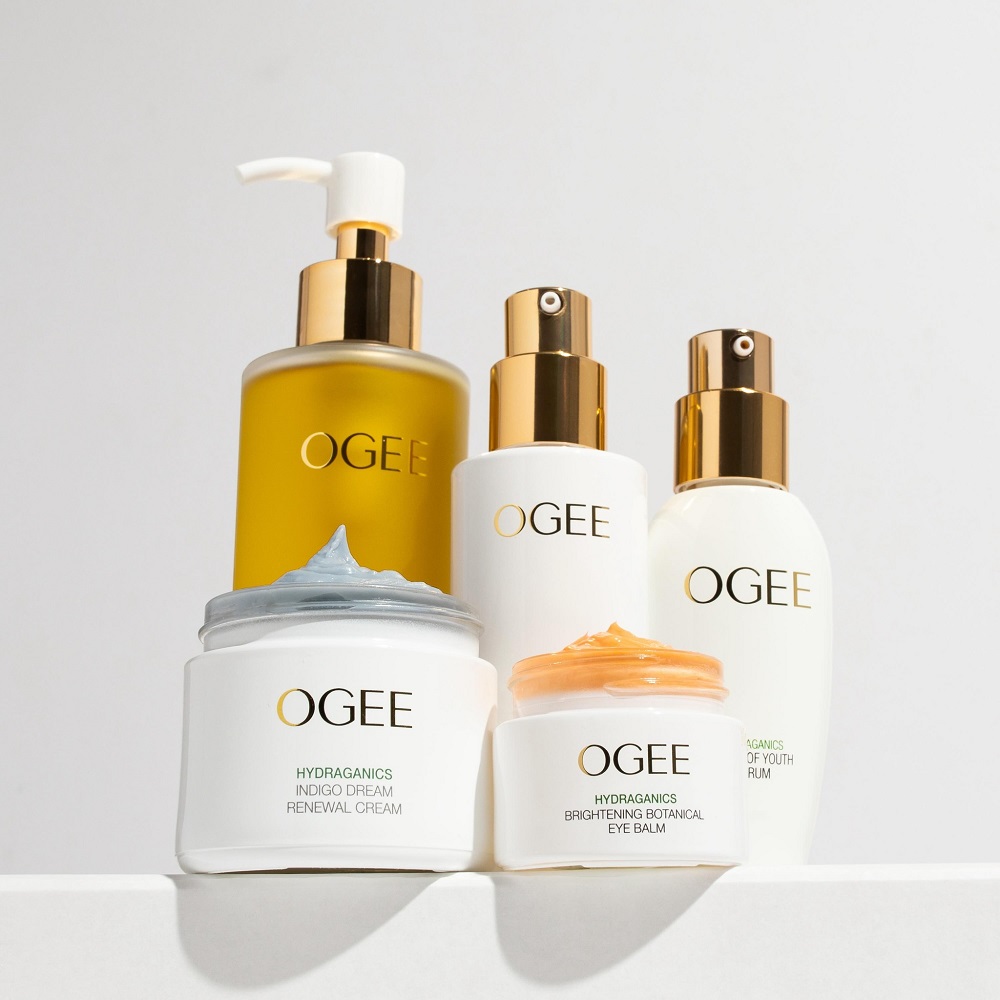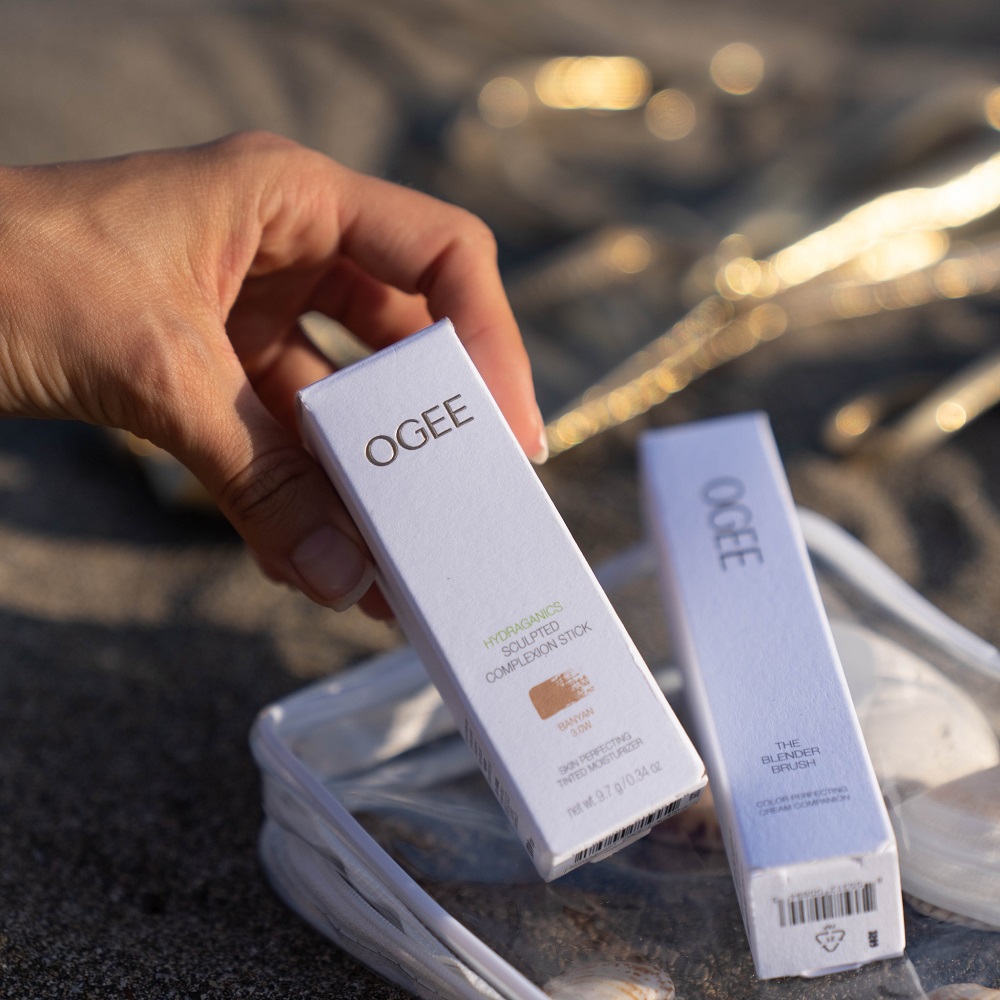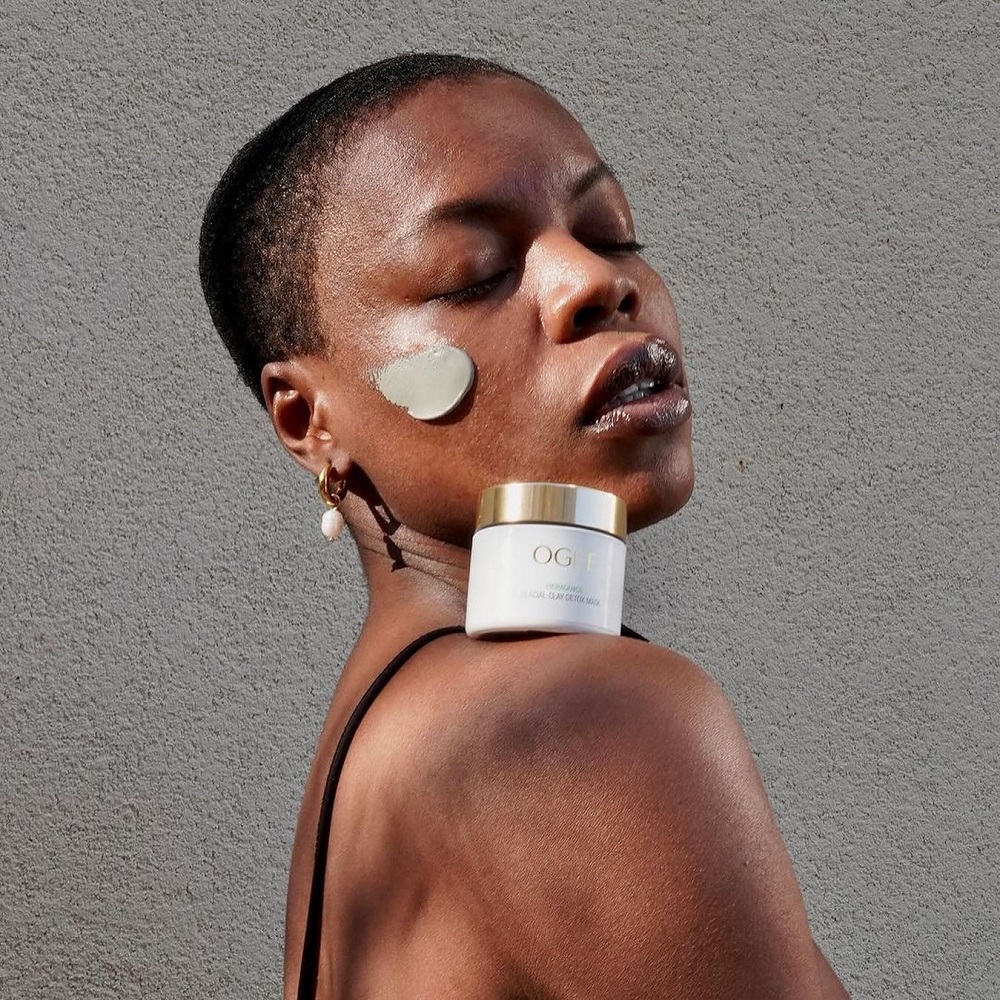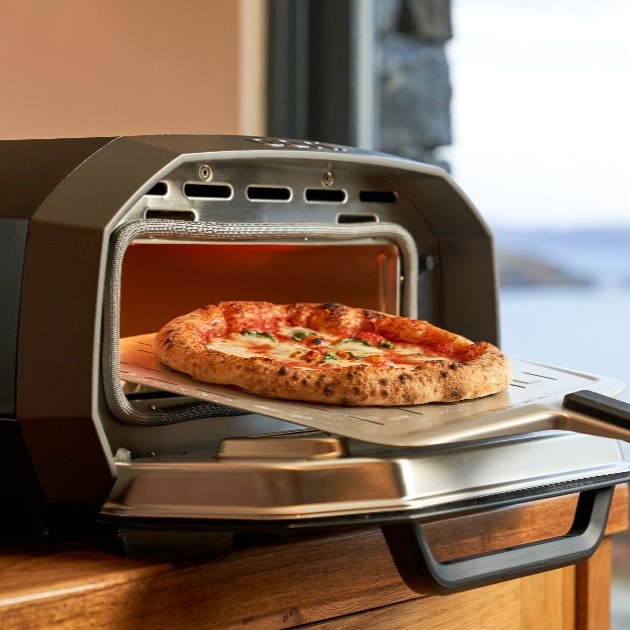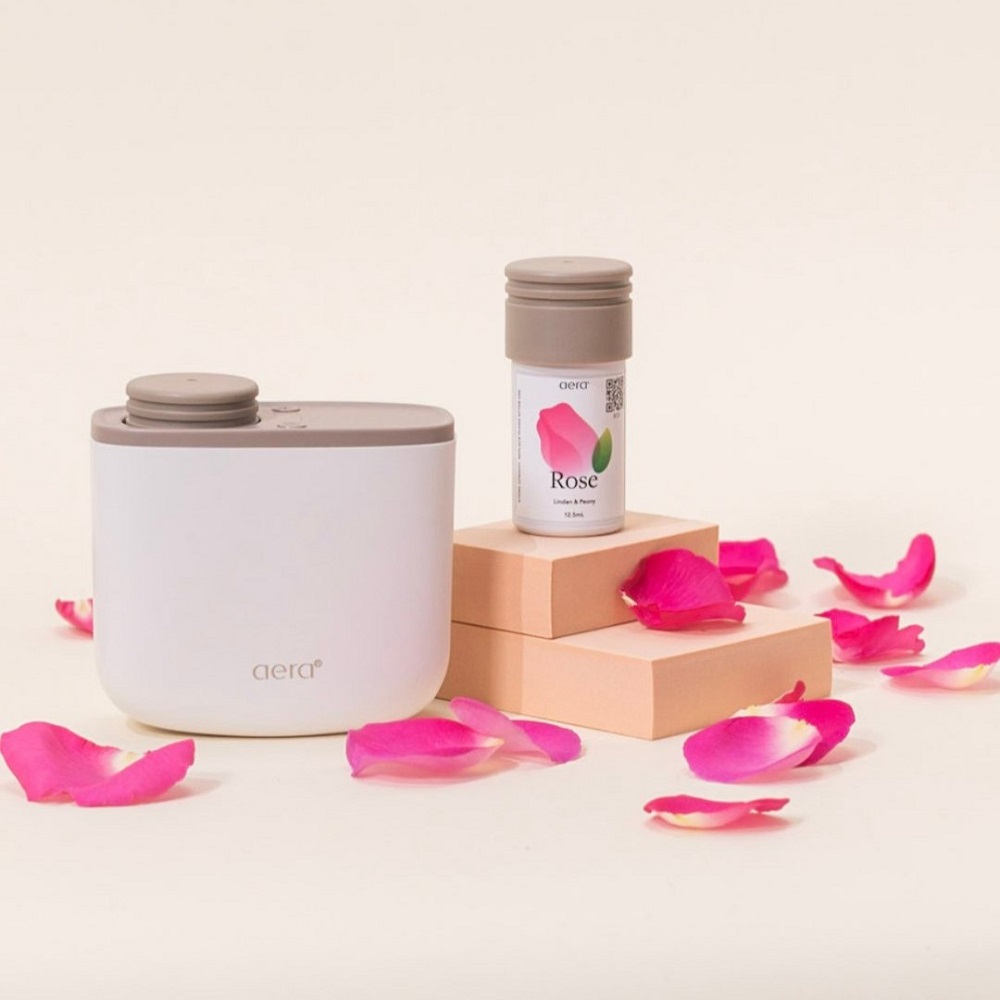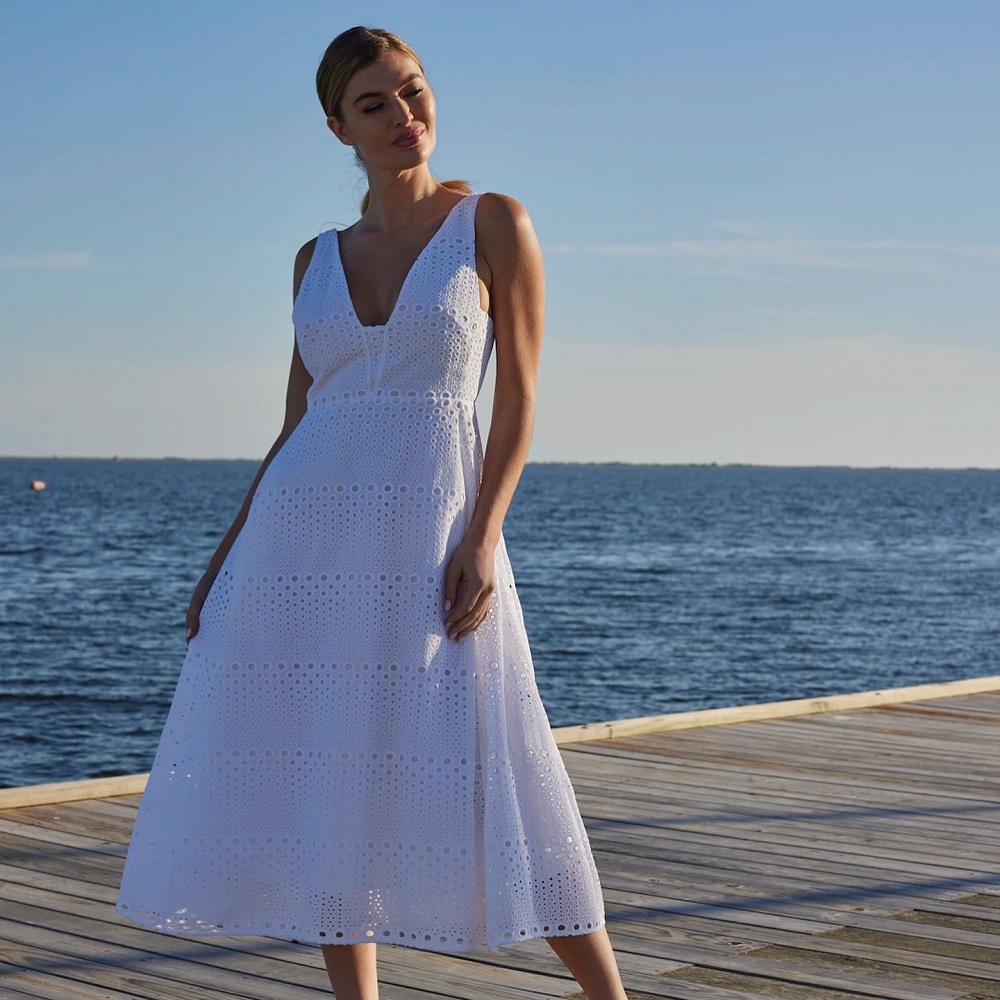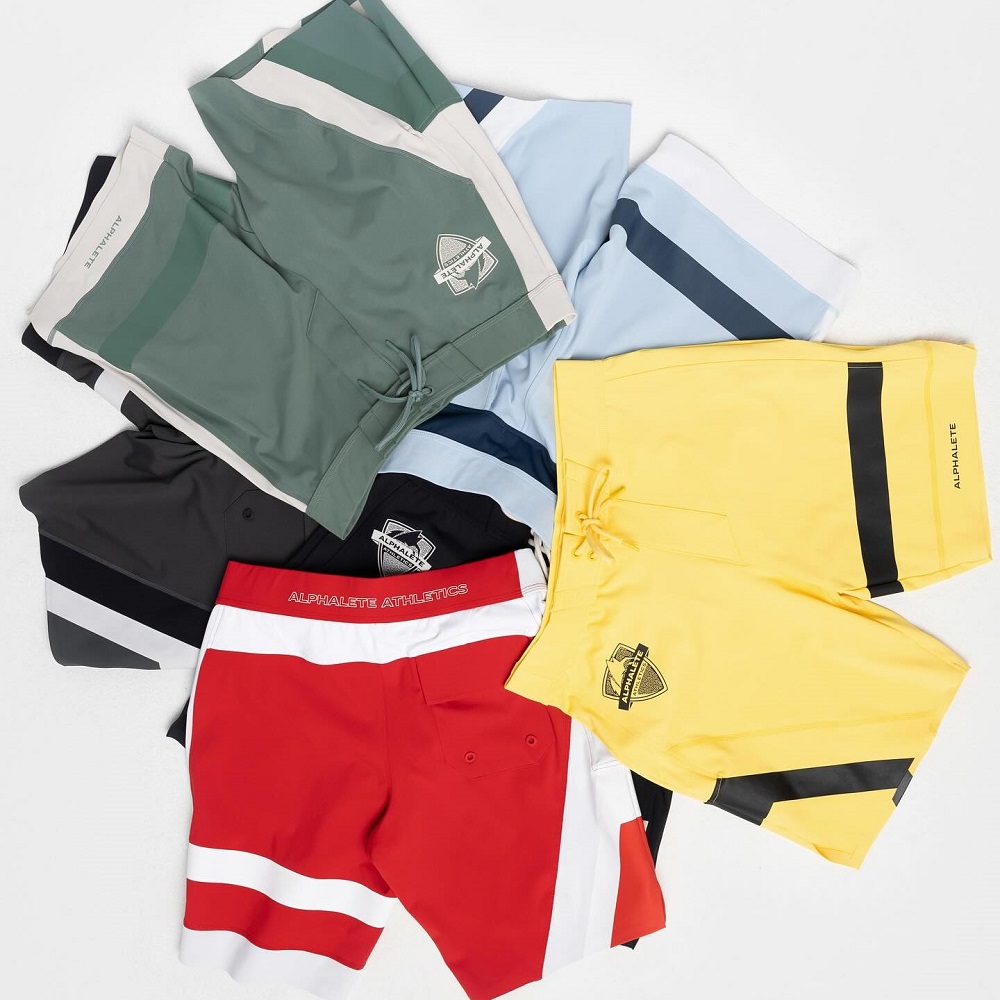Ogee Review: A Comprehensive Look at the Brand’s Products and Reputation
Table of Contents
If you’re interested in architecture or product design, you may have come across the term “Ogee” before. Ogee is a design element that has been used for centuries, and it continues to be popular today. In this article, we’ll take a closer look at Ogee, its history, and its uses in both architecture and product design.
The history of Ogee can be traced back to ancient Egypt, where it was used in architecture and decoration. Over time, it spread to other parts of the world, including Europe and Asia. Today, Ogee can be found in a wide range of architectural styles, from Gothic cathedrals to modern skyscrapers. It’s also a popular design element in product design, from furniture to kitchenware.
Key Takeaways
- Ogee is a design element that has been used for centuries in architecture and product design.
- It has a rich history that can be traced back to ancient Egypt.
- Today, Ogee can be found in a wide range of architectural styles and product designs.
History of Ogee
Origin of the Term ‘Ogee’
The term “ogee” comes from the French word “ogive,” which means “pointed arch.” The pointed arch was a popular architectural element during the Gothic period, and it was characterized by its pointed shape. The ogee shape is a double curve that resembles two S-shaped curves that meet at a point. The term “ogee” was first used in the 14th century to describe the shape of the arches in Gothic architecture.
Evolution of Ogee Design
Over time, the ogee shape became popular in other areas of design, including furniture, textiles, and even typography. In furniture design, the ogee shape was often used in the legs of tables and chairs, as well as in the molding and trim on cabinets and other pieces. In textiles, the ogee shape was often used in patterns and designs, and it was popular during the Victorian era.
In typography, the ogee shape was used as a decorative element in lettering and signage. It was often used in the design of advertising posters and other printed materials. Today, the ogee shape is still used in design, and it can be found in everything from architecture to fashion.
Overall, the history of the ogee shape is a rich and varied one, and it has played an important role in design for centuries. Whether you are a fan of Gothic architecture, Victorian furniture, or modern design, the ogee shape is sure to be a familiar and beloved element of your favorite styles.
Ogee in Architecture
Characteristics of Ogee Arches
You may have seen Ogee arches in various buildings, particularly in Gothic architecture. The Ogee arch is a type of arch that is characterized by its S-shaped curve. It is created by two arcs of different radii that are connected at the top and bottom by a straight line. This creates a pointed arch with a concave curve on one side and a convex curve on the other.
One of the unique characteristics of the Ogee arch is that it can be used to create a variety of shapes and patterns. It can be used as a standalone arch or combined with other arches to create intricate designs. In addition, the Ogee arch can be used to create vaults, ribbed vaults, and other architectural elements.
Significance in Gothic Architecture
The Ogee arch was widely used in Gothic architecture, particularly in the late Gothic period. It was used to create intricate tracery patterns in windows, doorways, and other architectural elements. The Ogee arch was also used to create ribbed vaults, which were a key feature of Gothic cathedrals.
The use of the Ogee arch in Gothic architecture was significant because it allowed architects to create complex designs that were both visually stunning and structurally sound. The pointed arch created by the Ogee arch helped to distribute weight evenly, allowing for taller and more elaborate structures.
In conclusion, the Ogee arch is a unique and versatile architectural element that has played a significant role in Gothic architecture. Its S-shaped curve and ability to create complex designs have made it a popular choice for architects throughout history.
Ogee in Product Design
Application in Modern Products
Ogee, a classic S-shaped curve, has been used in product design for centuries. Its versatility and aesthetic appeal make it a popular choice in modern products as well. From furniture to electronics, Ogee is found in a wide range of products.
In furniture design, Ogee is often used in the legs and edges of tables, chairs, and cabinets. It adds a touch of elegance and sophistication to the design. In electronics, Ogee is used in the design of smartphones, laptops, and other devices. The curves provide a comfortable grip and a sleek look.
Ergonomics and Aesthetics
Ogee’s curves not only add aesthetic appeal to products but also serve a functional purpose. The curves are designed to fit the natural curves of the human body, providing a comfortable grip and reducing strain on the hands.
In addition to ergonomics, Ogee adds depth and dimension to product design. The curves create a sense of movement and flow, making the product visually appealing and interesting.
Overall, Ogee is a versatile design element that can be used in a variety of products. Its combination of aesthetics and ergonomics make it a popular choice in modern product design.
Frequently Asked Questions
What are the before and after results of using Ogee products?
Ogee products are designed to improve the overall health and appearance of your skin. Many customers have reported seeing a noticeable improvement in the texture, tone, and radiance of their skin after using Ogee products. However, individual results may vary depending on your skin type and specific concerns.
How does Ogee makeup perform on mature skin?
Ogee makeup is formulated with organic and natural ingredients that are gentle and nourishing for all skin types, including mature skin. The products are designed to enhance your natural beauty while also providing skincare benefits. Many customers have reported that Ogee makeup performs well on mature skin, providing a smooth and natural-looking finish.
How do Ogee products compare to those from the brand Merit?
Ogee and Merit are both brands that focus on clean and natural beauty products. While both brands offer high-quality products, Ogee’s products are formulated with a higher percentage of organic ingredients. Additionally, Ogee offers a wider range of skincare products, while Merit is primarily focused on makeup.
What do customers say about the Ogee complexion stick?
The Ogee complexion stick is a popular product that has received positive reviews from customers. Many customers have reported that the stick provides excellent coverage while also being lightweight and easy to blend. The stick is available in a range of shades to match a variety of skin tones.
Are Ogee products recognized as clean and non-toxic?
Yes, Ogee products are recognized as clean and non-toxic. The brand is committed to using only natural and organic ingredients that are safe for both you and the environment. Ogee products are free from harmful chemicals, synthetic fragrances, and other potentially harmful ingredients.
What is the company’s stance on animal testing and vegan practices?
Ogee is a cruelty-free brand that does not test its products on animals. The brand is also committed to using only vegan ingredients in its products. Ogee believes that beauty should be both ethical and sustainable, and is dedicated to creating products that reflect these values.
